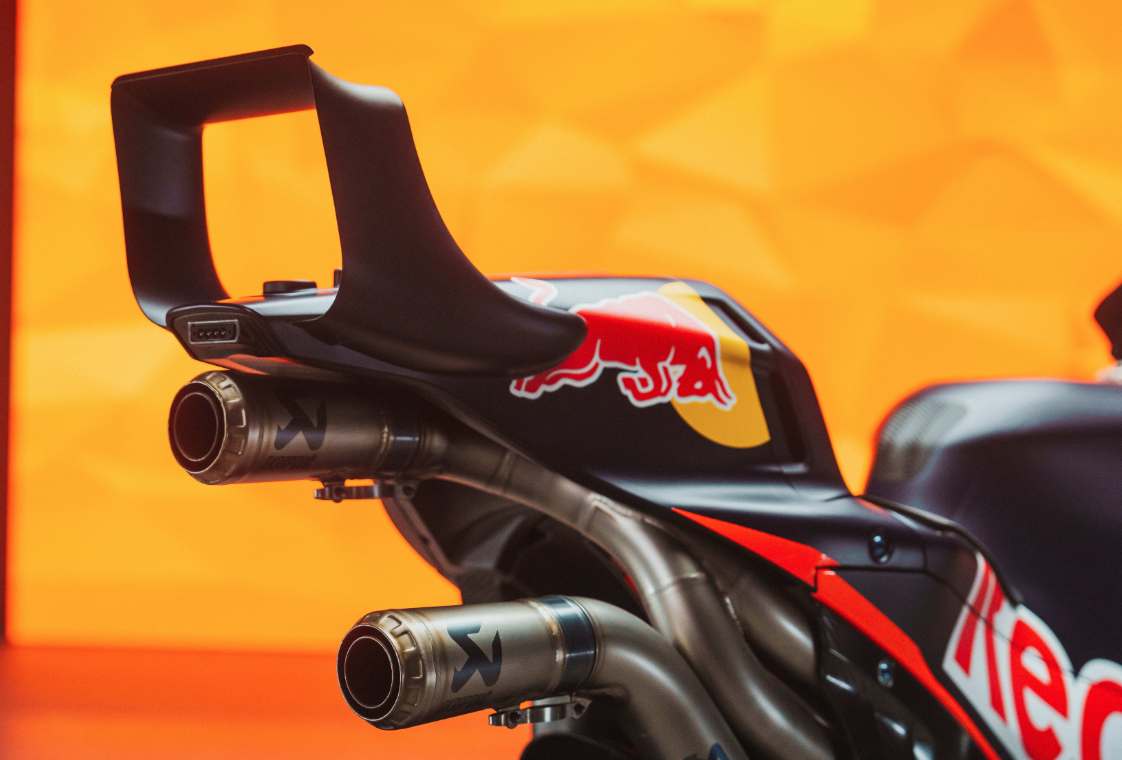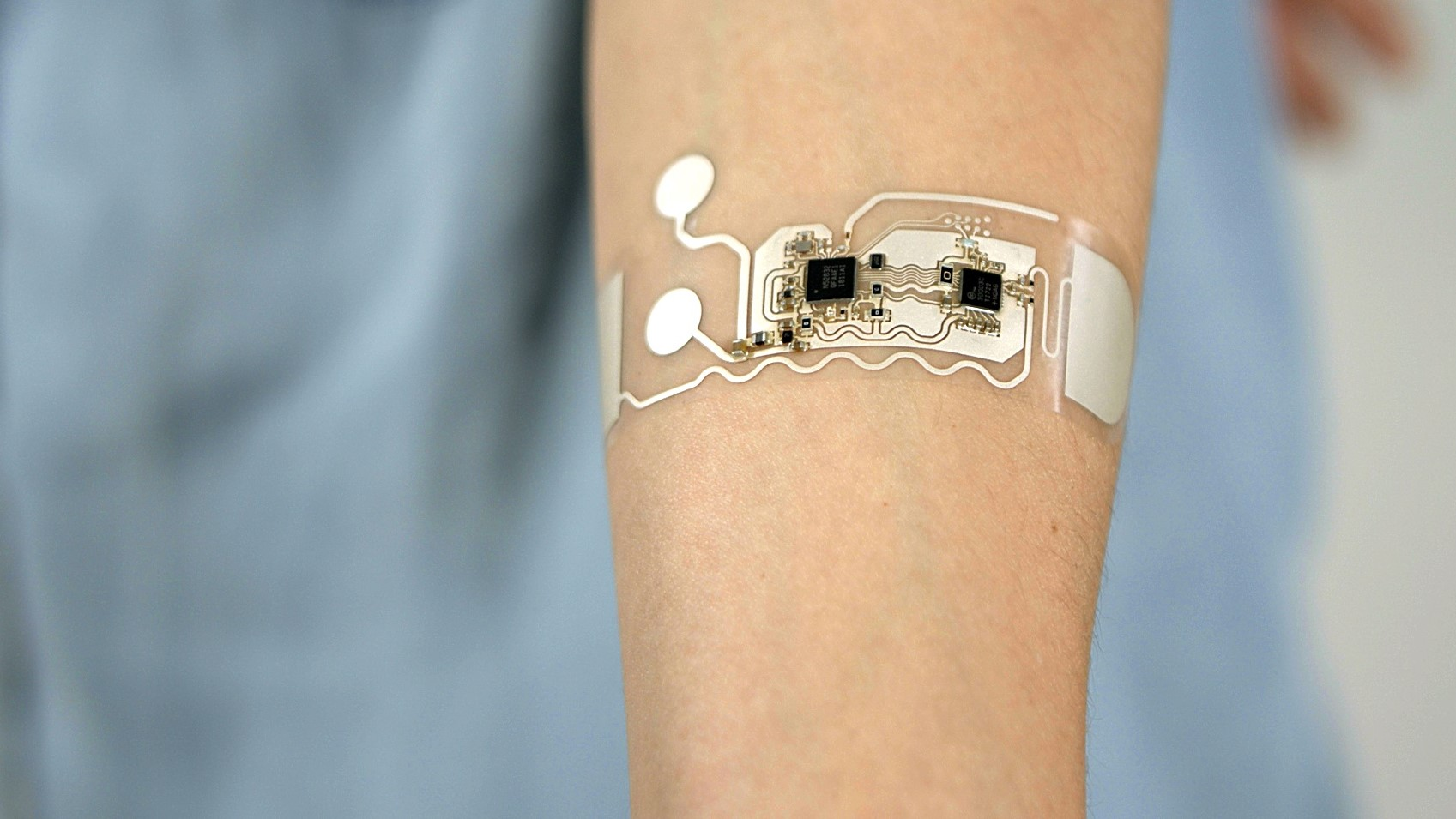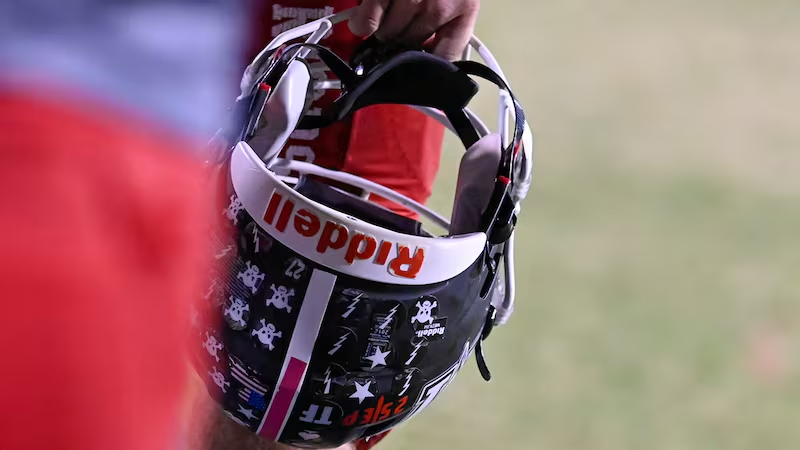amicitaacademy.com – In MotoGP, the rear wing—part of the sport’s aerodynamic evolution—has reshaped performance since its rise in the late 2010s. Inspired by Formula 1, these devices, often called “aero appendages,” are mounted above the rear wheel to enhance downforce, stability, and speed. Ducati pioneered their use in 2016, sparking a tech race among manufacturers like Yamaha, Honda, and Aprilia.
Rear wings generate downforce by redirecting airflow, pressing the rear tire into the track for better grip during acceleration and cornering. This allows riders to push harder out of turns, shaving fractions off lap times—crucial in a sport where races are decided by milliseconds. Data from 2023 shows top teams like Ducati gained up to 0.2 seconds per lap on high-speed circuits like Mugello due to optimized aero packages. Wings also reduce wheelies, improving stability under power.
However, they’re not without trade-offs. Increased drag can slow straight-line speeds, and complex designs raise costs, straining smaller teams. The 2027 MotoGP regulations aim to limit aero development to curb expenses and ensure closer racing. Critics argue wings detract from rider skill, while defenders see them as engineering marvels.
As MotoGP evolves, rear wings symbolize the sport’s relentless pursuit of speed, blending cutting-edge tech with the raw thrill of two-wheeled racing.






